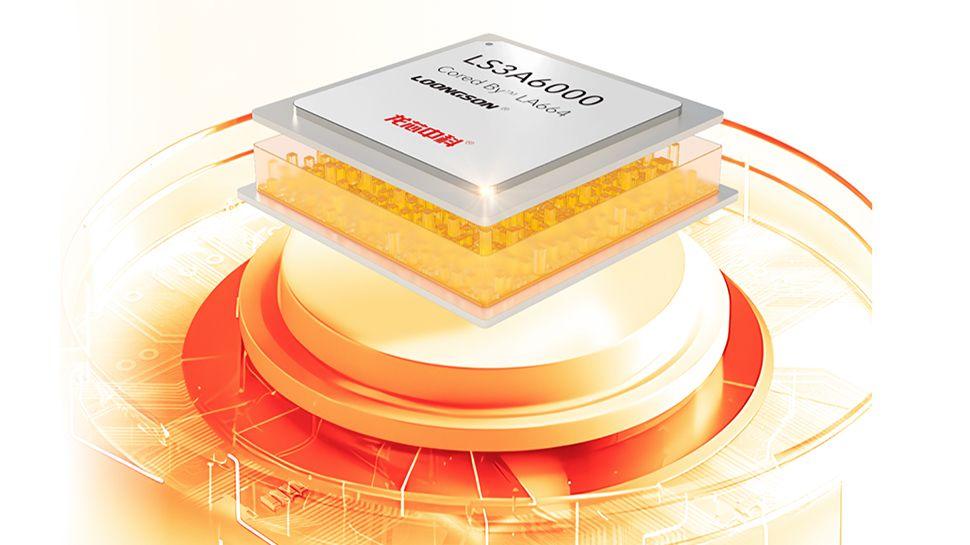- Loongson 3C6000/S rivals Xeon 4314, while 3C6000/D matches Xeon 6338
- Loongson 3C6000/Q 64-core expected to launch in 2025
- Advanced silicon design enables up to 128 processing threads
Chinese semiconductor company Loongson Technology has unveiled ambitious plans to compete with global chipmakers such as AMD and Intel.
The company has announced the upcoming launch of its 3C6000 series of processors, with notable advances in processing power and efficiency.
This high-performance Q model aims to deliver even greater processing power, supporting up to 128 threads in advanced server configurations, and if successful, will enhance Loongson’s challenge to industry leaders such as AMD and Intel.
A key milestone
Despite US trade restrictions designed to limit the flow of advanced chips and manufacturing equipment to China, the nation is still making progress in its semiconductor production capabilities, and the Longsoon launch will play a key role.
As part of Loongson’s fourth-generation architecture, 3C6000 processors will be offered in three configurations: the 3C6000/S, which matches the performance of Intel’s Xeon 4314; the 32-core 3C6000/D; and the 64-core 3C6000/Q, currently in its final packaging and scheduled for release in 2025.
Each 3C6000 chip uses a unique silicon design, with 16 cores and 32 threads. The series supports DDR4-3200×4 memory configurations, along with dual and quad silicon chip options for even greater processing power. These advanced configurations allow up to 64 cores and 128 threads in a single system, catering to demanding server applications and data processing tasks.
Additionally, the processors are designed to support GPGPU (general purpose GPU) operations and a variety of hardware accelerators, making them versatile for workloads such as artificial intelligence, simulation, and large-scale data analysis.
In response to investors’ inquiry about its 2K3000 processor and discrete graphics card, 9A1000, Loongson revealed that recording of the 2K3000 was completed in June 2024 and its market availability is expected after testing and production. Similarly, the 9A1000 graphics card is scheduled for release in 2025.
Through TIHome




